This family founded Timberland in 1952. Their new, sustainable boot is a radical departure
On the surface, Erem’s newly launched hiking boot has a similar look to the iconic Timberland boot. And any similarities between the two make sense, because both companies were founded by the Swartz family, who have been in the business for four generations.
But look closer, and every component of Erem’s boot is different, carefully chosen to biodegrade when the boot has reached the end of its life.
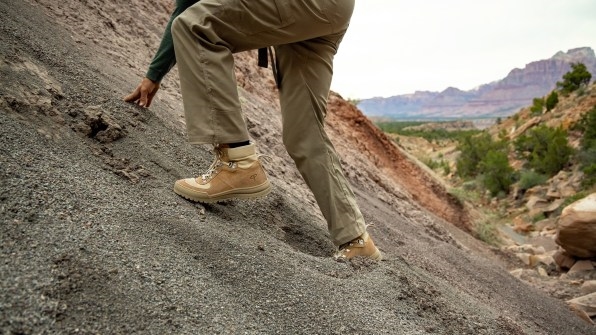
Nathan Swartz founded Timberland in 1952 and helped design the brand’s hard-wearing boot, which became popular among hikers and construction workers alike. Eventually, Nathan’s grandson Jeff became CEO of Timberland and in 2011, he sold the company to VF Corp.
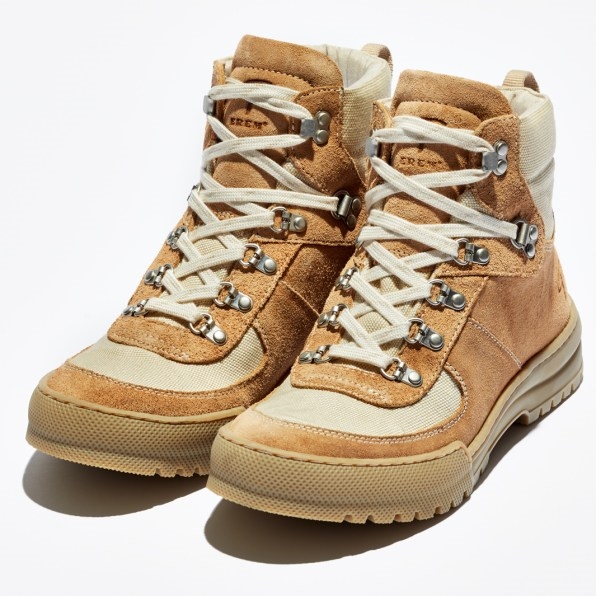
This week, Jeff and his son Noah launched their new company, Erem. While most footwear on the market contains plastic soles and foam that does not decompose, Erem’s two debut boot styles are constructed using recycled rubber, biodegradable foam made from corn, and organic cotton. At the end of the boot’s life, customers can return it to Erem, which will take apart all the components to reuse and recycle.

While many established footwear companies, from Nike and Timberland to Jimmy Choo, are trying to redesign their shoes and manufacturing systems to be more sustainable, Erem is an interesting experiment in building an eco-friendly shoe from the ground up.
It was 28-year-old Noah who first came up with the idea for Erem. Like his father and grandfather, Noah had spent his childhood immersed in the shoe business, visiting factories and having dinner-table conversations with his family about nuances in boot design. But his father sold the family business while Noah was attending Columbia University, which left him wondering what he wanted to do with his career. “Noah was a fourth generation lurking in the wings,” Jeff says. “Generational family businesses are strange, rare creatures, and Noah was mad at me in a deep way. He had a picture in his head of taking over the business, but when I sold the company, that picture disappeared.”
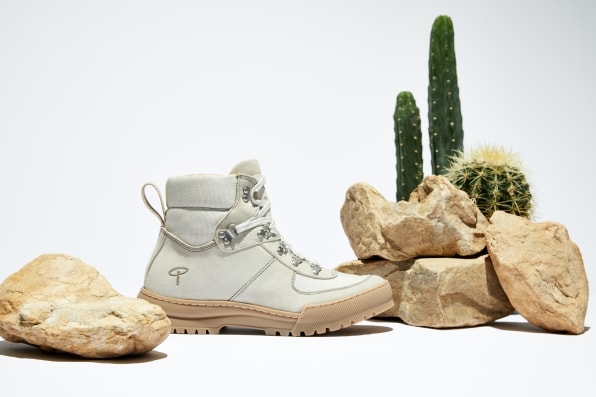
After college, Noah worked for several brands focused on sustainability, such as Beyond Meat, Modern Meadow, and Superpedestrian. He attended Harvard Business School and began to plot out his next move. While he was there, it became clear to him that he wanted to return to his roots as a boot-maker, but this time with an eco-friendly focus. That’s when he quit his MBA program to launch Erem.

Together, Jeff and Noah decided to build a boot designed for desert hiking. It resembles the Timberland boot, with its rugged sole and light-brown suede exterior—but Jeff downplays the resemblance. “Any similarity to a Timberland silhouette is coincidental and driven by their influence from elements of the military and work boot heritage,” he says.
The goal was to use the most sustainable technology on the market, creating shoes made from eco-friendly materials that are also biodegradable. While recycled plastic is very popular in the fashion industry, Erem’s team decided against it. “All things being equal, recycled polyester is better than virgin [or new] polyester,” Noah says. “But because most consumers do not recycle, this plastic will end up in a landfill. Our belief was that our responsibility should extend beyond the point of sale to what happens at the end of its life.”

But making a performance boot out of biodegradable materials is a complex proposition. Erem had to build its supply chain from scratch rather than sourcing from mainstream suppliers that service footwear brands. They worked with a manufacturer to create a rubber outsole embedded with a biodegradability enhancer that will allow it to decompose in 7 to 14 years, depending on environmental conditions, rather than the 400 years typical for traditional rubber outsoles. “If you want to find threads or rubber that are [biodegradable], you can’t find it on a drop-down menu with one of these suppliers,” Jeff says. “These suppliers are focused on whether there is a demand for this material. And for now, there isn’t.”
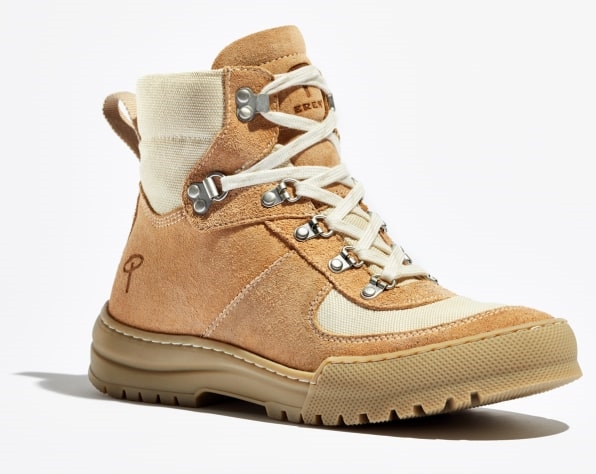
While most footwear is made by laminating layers together with hot plastic adhesives, Erem’s boots are largely constructed by stitching layers together using linen thread, rather than polyester thread, an approach that makes it easier to take the boot apart for repairs and recycling. However, Noah says, it took a long time for the sewing factory to learn how to use the linen. “The tension settings in the factory machines are set to polyester,” he says. “The thread is only 0.03% of our boot, by volume. But it was important to us that we use linen.”
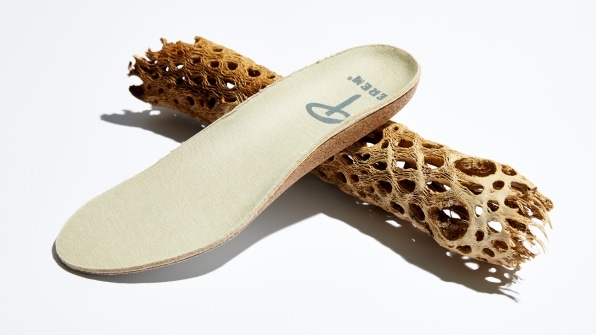
With this first collection, Erem partnered with European manufacturers that are audited to ensure their factories are as eco-friendly as possible. For R&D, Erem worked with a solar-powered Portuguese factory that also happens to be geographically close to the outsole, insole, and packaging suppliers, reducing the carbon footprint from shipping. Erem’s Italian tannery uses plant-based tanning, rather than chrome tanning, which is more widely used but more chemical-intensive.
Erem invites customers to send boots in for repair and, ultimately, to request a free return label to send in their old boots rather than throwing them away. The plan is to collect these old shoes and rip them apart into their component materials to recycle the rubber, metals, and more. But the brand does not expect all customers to make an effort to do so. If the shoes do end up in the trash, the materials will ultimately decompose.
Jeff says it has been fascinating to build Erem after spending his entire life within Timberland. He watched his grandfather set up Timberland’s supply chain in the ’60s and ’70s, then observed as the company grew into a multinational corporation. As CEO of Timberland, he worked on trying to make the business as sustainable as possible, but says it’s much harder to alter an existing supply chain than to build a new one from scratch. “We went to these factories and wanted to do everything differently,” he says. “There’s not a single piece of this boot that wasn’t new to our supply chain. There’s no rocket science here, but for an industry that is primed for cost savings, it seemed radical.”
Fast Company , Read Full Story
(33)



